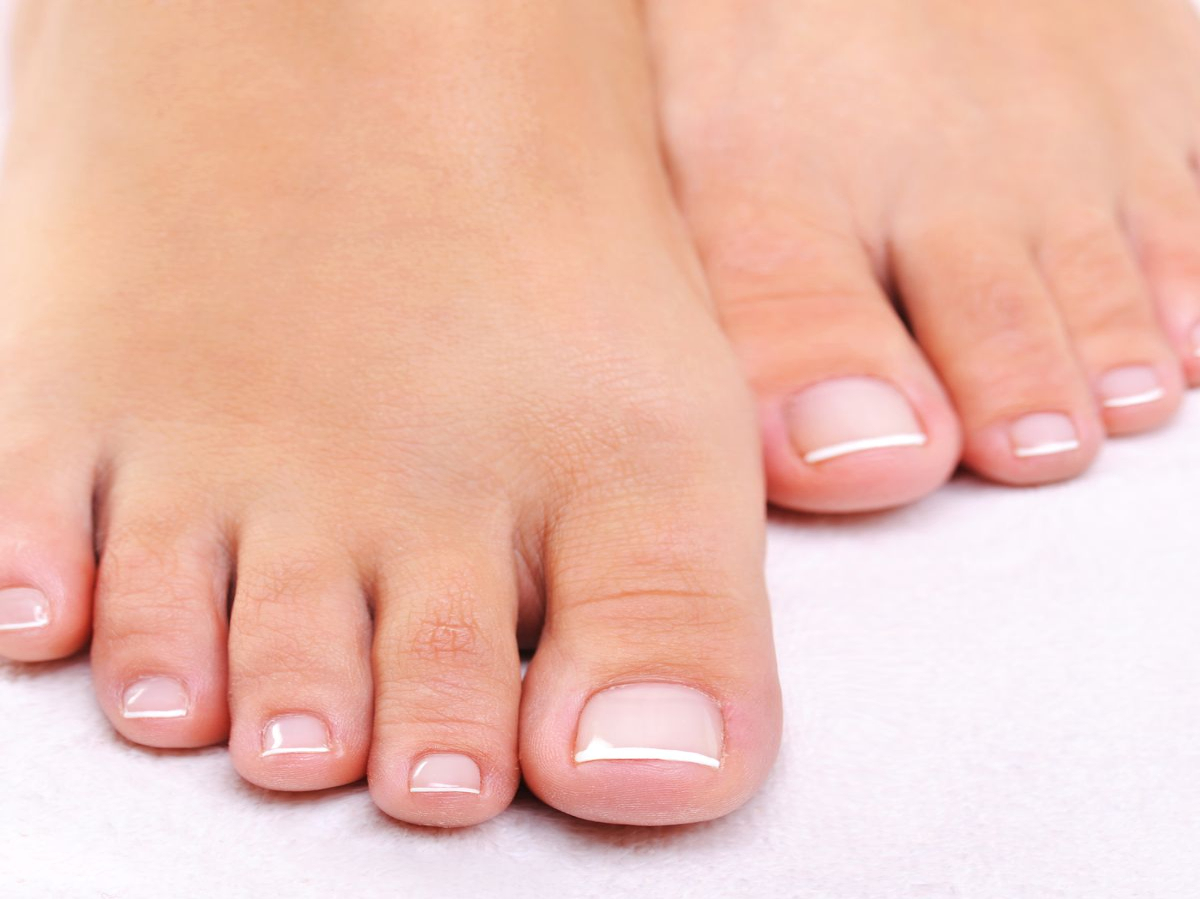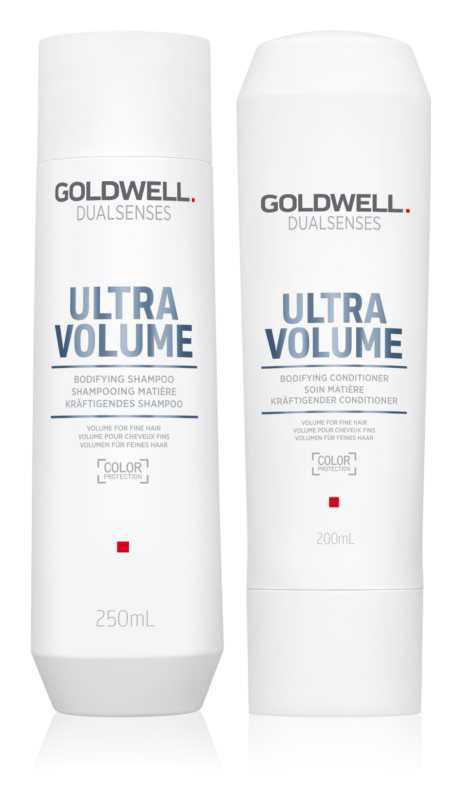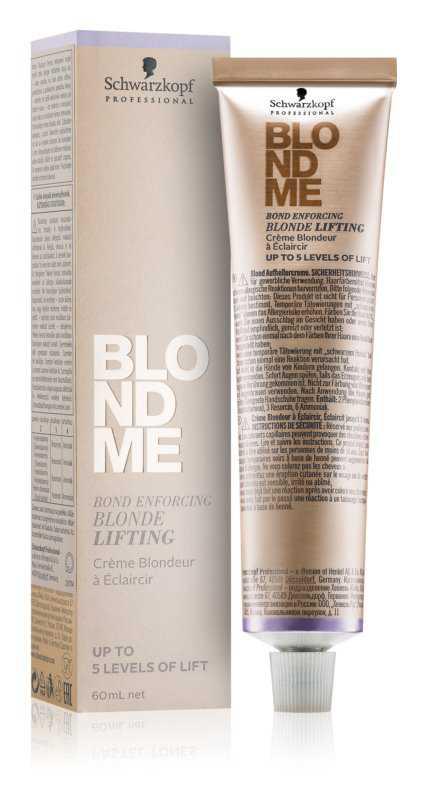
The skin on the feet seems to be resistant to injuries, that's why we often treat it carelessly. Meanwhile, the skin on the feet is very innervated and sensitive, so any neglect causes discomfort and simply disfigures it. It is worth taking care of her to have beautiful and healthy feet.
The skin on the feet is almost twice as thick as on other parts of the body. But not only this determines its special features and needs.
The stratum corneum of the feet epidermis easily dries up, which is associated with a lack of sebaceous glands and a large amount of sweat glands. However, the specific arrangement of collagen and elastin fibers in the dermis of the feet makes it less elastic and more compact than e.g. on calves. The subcutaneous tissue is thinner and almost completely free of fat cells. On the other hand, blood vessels, lymph vessels and nerve fibers are closer to the surface, making the feet sensitive to discomfort, e.g. sand in the shoe.
In the summer we spend time more actively - we walk, play sports. And more often, various foot ailments are present - burns, painful prints, cracked heels. They are usually the result of hygiene neglect and improper foot care. But they can also be the result of wearing unsuitable footwear that compresses your feet and nails.
Mycosis of the feet
It is caused by fungi from the dermatophyte family. They need moisture and warmth to live, so they are happy to stay in the sauna, shower, pool, etc. It is easy to catch a fungal infection, e.g. using a towel from an infected person. Infection is particularly beneficial when wearing full shoes throughout the day. The skin on the feet is then constantly moist, the epidermis softened, which facilitates the penetration of fungi. Diabetes, circulatory disorders and weakening of the immune system also increase the risk of developing mycosis.
When the ringworm attacks, the feet itch, bake, and tiny bubbles appear on the soles and between the toes. To protect yourself against infection, wash your feet with soap and water every day, dry them and rub in preparations against mycosis. Change socks, tights often, wear shoes where the foot does not sweat. Don't borrow shoes. If you wear low-ventilated shoes, put moisture-absorbing insoles in them. Take your own flip-flops to the pool and sauna, don't walk barefoot in the hotel.
Specialist foot mycosis
Treatment of mycosis begins with checking which fungus has attacked the feet (mycological examination). At the beginning of the disease, it is enough to lubricate the skin with a cream with tea tree oil or Terbiderm or Daktarin ointment. If this does not help, and the disease spreads to the nails, the so-called pulse therapy. The drug is taken monthly for a week. The treatment lasts 3 months and protects against mycosis for 9 months.
Foot burns
The formation of skin burns on the soles is favored by uncomfortable or built-in shoes worn in the heat.
Soak your feet in water with potassium permanganate or azulan (chamomile extract), possibly with a strong tea essence. After 15 minutes, gently dry the feet. If you wear full shoes, wear cotton socks.
Cracking heels
It is a painful ailment which is caused by a lack of vitamins (mainly A) and dry and quickly keratinizing epidermis. She is also overweight and diabetic. Cracks form on the hard epidermis. Sometimes, however, they reach up to the dermis. Then the heels hurt with each step and bleed. Sometimes an infection develops because bacteria and viruses can penetrate the skin.
To save your heels, regularly take vitamin A + E and care for your feet. After daily soaking your legs and clashing the calloused skin with a grater (preferably made of glass), rub vitamin A, ointment (e.g. Linomag) or a special cream into your heels. This will restore skin elasticity.
Bursting heels at a specialist
Treatment of cracking heels is a long-term treatment. First of all, you need to remove the excess of calloused, dry skin. The doctor or pedicurist does this with a diamond milling machine (it is almost painless), moving it parallel to the cracks in the skin, another technique can enlarge the gaps. Then a medicinal ointment is applied for 30 minutes and the feet are thinned with a thin film. When the epidermis is properly moisturized, the cream is rubbed in. The procedure is repeated every 2 weeks until the heels are healed. For the night, the heels should be lubricated with ointment and put on cotton socks.
Actinic keratosis
Excessive thickening of the epidermis is promoted by injuries and pressure of shoes on various parts of the foot.
Wipe the skin with a foot grater. Removing the stratum corneum is easier after soaking your feet, e.g. in an infusion of sweet clover and fenugreek seeds. After a call of calluses, you can smooth the skin of your feet with peeling. Finally, apply a thick layer of softening or anti-callous cream.
Calluses
They are called corns, which reflects the process of their formation are formed when we wear tight shoes. They have a centrally located core (root) that is difficult to remove because it reaches deep into the skin up to its vascularized and innervated layer. That is why every oppression of this place causes pain. There may be so-called soft prints. The reason is the compression of constantly moist skin.
Soak your feet well, dry them and apply a patch or lotion to the entire impression. After a few days, wet your legs again properly. Grate the excess of calloused and hardened skin around the imprint, pull the core with pliers. When the whole root cannot be removed, repeat the procedure.
Calluses at a specialist
Chiropodist or surgeon removes the corns stem with a special device. Before the procedure, the skin around the imprint is anesthetized with a spray preparation.
Corns
They are called transverse prints. Feet soles are made on the pillow. The reason is deformation of the metatarsal bones, transverse flat feet or compression of the skin from below and above by tight shoes with hard soles.
If the corns are small, the wearing of so-called pelottes, i.e. soft inserts that are placed under the metatarsal bones. Every day after washing your feet, lubricate them with emollient creams. Make a pedicure once a week, and after thoroughly drying your feet, apply a softening mask for 30 minutes.
Corns at a specialist
Corns can be eliminated with deep exfoliating fluids or so-called milling machine. Cutting them with a razor blade can lead to injury and infection. When inflammation develops, the doctor recommends an ointment with an antibiotic.
Ingrown nails
The cause of ingrown toenails is too short cutting and rounding the edges of the plate, wearing shoes with narrow toes, tight tights and socks. And also incorrect posture, diseases of the spine, knees and hip joints or genetic tendencies.
Start by replacing shoes with ones with wider toes and careful selection of tights and socks. Buy good cutters and cut your nails straight once a week, without rounding the edges. Use a liquid or cream that prevents ingrown nails. Drop vitamin E into the groove between your fingertip and nail.
Ingrown toenail specialist
If the nail angle increases, so-called tamponade. A soft plasticine or special gauze soaked in an ointment or anti-inflammatory agent is inserted between the shaft and the nail. After a few seconds, the tampon is removed. A fragment of the plate is cut out and a thin Sulci-Protektor tube slips over the edge of the nail. This creates the correct nail growth track. As the nail grows, the tube is gradually cut. If the nail is deformed or leaks, a B / S Quick clamp is applied to it. It's an elastic band that lifts the edges of the plate slightly upwards. My husband has pain and the nail is growing back properly. A new form of treatment are Osthold noble wire clamps. They are attached under the edges of the nail, in the place where it begins to grow into the body. The procedure is painless. The clamp remains on the toe until the nail has completely re-grown.





